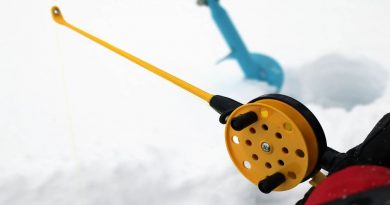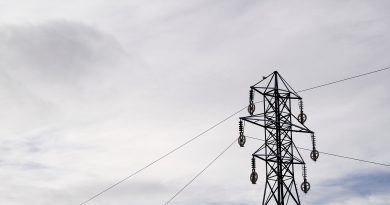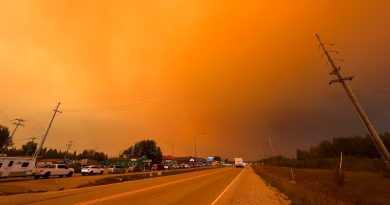Northern Canada: Mine contamination not a big health issue for Yellowknife residents
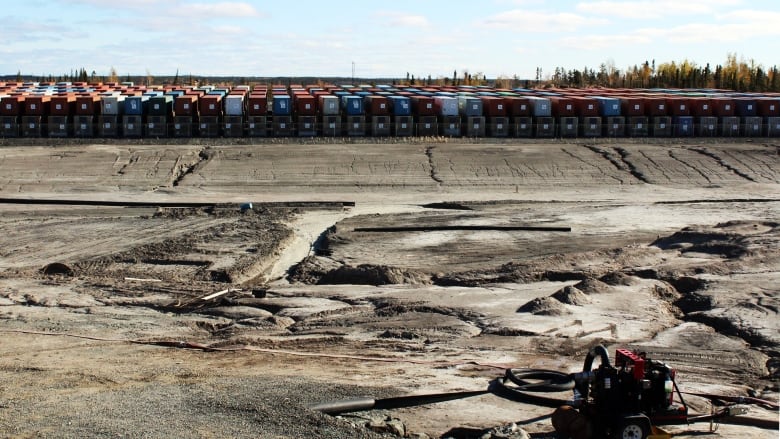
The most comprehensive study undertaken on the concentration of mine contaminants in people living in the Yellowknife area, in Canada’s central Arctic, shows contaminant levels similar to those found in Canadians generally.
“We don’t have any evidence or reason to be concerned about the immediate health effects that we see in other populations that have high levels, like India and Bangladesh,” said Dr. Laurie Chan, the University of Ottawa professor leading the study.
Researchers analyzed tongue swabs, toenail clippings and urine from 2,037 residents of Yellowknife, Ndilo and Dettah. They measured concentrations of arsenic, lead and cadmium.
In adults, they found arsenic levels slightly lower than levels measured in Canadians generally. The levels in children were higher than in Canadian children generally, but not high enough to be a concern.

“Even though we see a range — some are higher some are lower — the range is similar to what we see in the Canadian general public,” said Chan.
The research project was a condition of the environmental approval of the cleanup of Giant Mine, one of two gold mines within city limits that operated for more than half a century. The federal government assumed responsibility for the $1-billion cleanup of Giant 20 years ago, when the last company to operate it went bankrupt.
The results, presented to 35 people at Yellowknife’s Northern United Place last night, will form a baseline used to determine whether the cleanup of Giant is exposing people living in the area to more contamination.
The levels are being compared to results gathered from Canadians generally because no guideline limit or safe level has been established for arsenic in the human body.
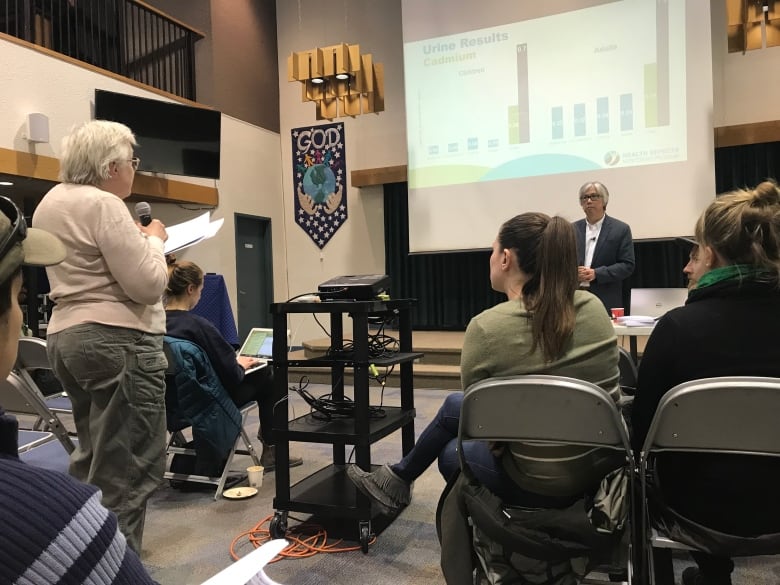
That people in the Yellowknife area would have arsenic concentrations similar to the Canadian population generally is somewhat surprising, given the mining contamination, which has resulted in higher arsenic concentrations in local water, soil and lake sediment.
“The other thing that surprised me was that the adults of YKDFN (Yellowknives Dene First Nation) were lower,” said Chan. “We were expecting that, because they live closer to the mine, they might be higher. When we discussed the results with the YKDFN leadership, they said, ‘It’s because they learn, they know where to go, what to eat, which lakes to catch their fish, etc.'”
Chan said the higher arsenic levels in children could be attributed to them being more exposed to arsenic contamination in soil. Researchers believe that variations among adults is based largely on differences in diet.
“Some fish have more arsenic than other fish, some lakes have more arsenic than other lakes. That’s why we asked a lot of questions about what fish you eat, how much, where you get it from,” said Chan.
He said consumption of other country food, such as berries and mushrooms, can also result in slightly higher arsenic concentrations.
The study found concentrations of lead in both children and adults slightly higher than the Canadian levels generally. Cadmium levels were significantly lower in both children and adults. People sampled and surveyed were also questioned about their consumption of other food, such as rice, which can cause higher arsenic concentrations.
Related stories from around the North:
Canada: Diamond mine in Canada’s Northwest Territories wants to dump waste into its pits, CBC News
Finland: Stricter mining regulations and oversight needed in the Arctic, Finnish report says, Yle News
Norway: Minister downplays environmental impact of planned mine in Arctic Norway, The Independent Barents Observer
Russia: Russian miners dig deeper into vast Kola nickel reserve, The Independent Barents Observer
Sweden: Iron mine in northern Sweden to restart production, The Independent Barents Observer
United States: Final hearing on planned mine in southcentral Alaska draws mix of views, Alaska Public Media

